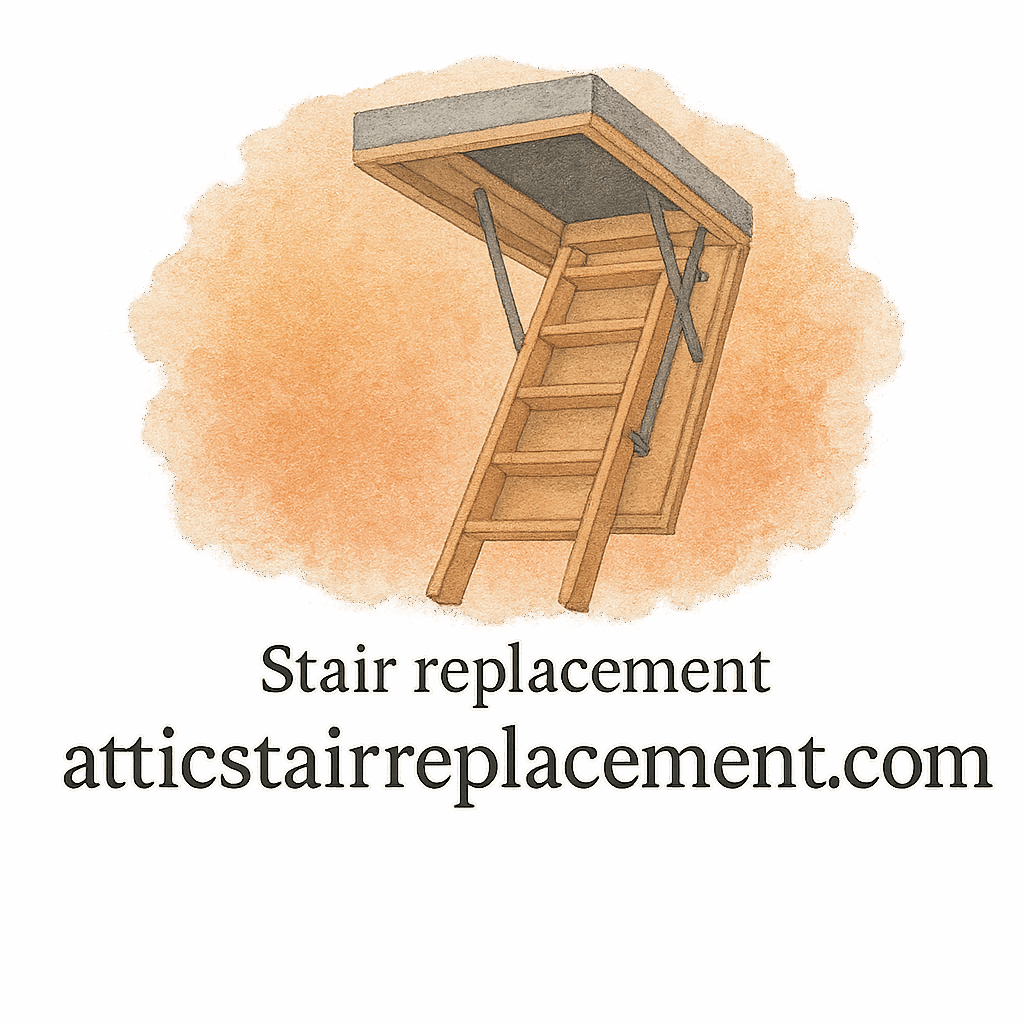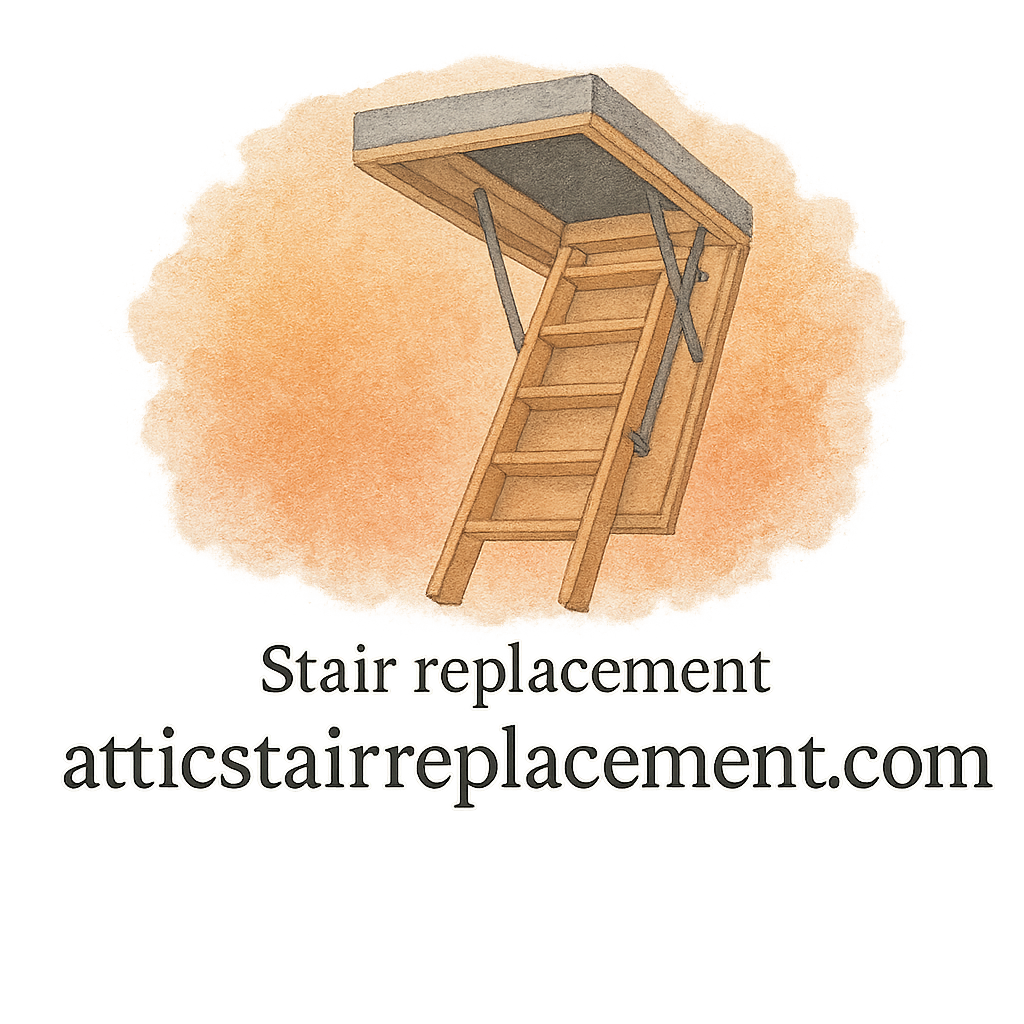Let’s face it—nobody wants to deal with an attic stair replacement unless it’s absolutely necessary. It’s time-consuming, can be costly, and often gets pushed to the bottom of your to-do list. But here’s the good news: with a few simple seasonal checks, you can extend the life of your attic stairs and dodge a full replacement for years. Ready to get hands-on? Let’s dive in.
Why Seasonal Maintenance Matters
Understanding the Cost of Neglect
A poorly maintained attic stair might not just squeak a little—it could collapse, become unsafe, or damage your ceiling. Avoiding regular upkeep leads to hidden costs and emergency fixes that hurt your wallet.
Extend the Lifespan of Your Attic Stairs
You don’t have to be a pro to maintain your attic stairs. Regular seasonal maintenance is one of the best ways to prevent wear and tear. Plus, it’s the secret weapon of every savvy DIY enthusiast!
Spring Checks
1. Inspect for Moisture Damage
Spring showers can spell trouble for attic stairs. Moisture can seep in and start rotting the wood or rusting metal joints.
Look for Signs of Mold or Mildew
If you see black or green patches, it’s time to clean with a mold-removing solution and seal any leaks. Keeping things dry is key to avoiding a renovation down the line.
2. Lubricate Moving Parts
All those hinges and bolts get stiff during the winter. Spring is a perfect time to show them some love.
What Kind of Lubricant Should You Use?
Go for a silicone-based lubricant. It won’t attract dust and will keep your stairs operating smoothly. This is a small step that can delay a full replacement.
Summer Checks
3. Check for Heat Warping
Attics can turn into ovens in the summer. That extreme heat might warp wooden stairs or expand metal parts.
How High Temperatures Affect Wood and Metal
Wood might crack or twist, while metal components may loosen. If you notice any change in shape or feel, it might be time to adjust or realign parts to avoid structural failure.

4. Inspect Fasteners and Hardware
Fasteners are your attic stairs’ unsung heroes. Make sure they’re doing their job.
Replace Rusted or Loose Screws Immediately
Rusted screws not only look bad, they’re a recipe for disaster. Tighten or replace them as needed with heavy-duty alternatives. Trust me, you don’t want them to give out during your next trip to the attic!
Fall Checks
5. Clean Debris and Dust Buildup
Leaves, dust, and attic grime can clog up the mechanics of your attic stairs.
How Debris Can Cause Operational Issues
Clogs can make the ladder stick or jam. A quick clean with a vacuum or air blower can save you from costly repairs later—and keep the stairs working like a charm.
6. Check for Drafts and Insulation Gaps
Fall is your last shot to prep before cold winter air rushes in.
Save on Energy Bills While Protecting the Stairs
Seal up gaps and cracks with weather stripping or insulation foam. Not only does this protect your stairs, but it also keeps your home cozy and energy-efficient.
Explore more home improvement tips to keep your space functional year-round.
Winter Checks
7. Look for Ice or Frost Formation
Yes, attics can freeze—especially in older homes without proper insulation.
Hidden Moisture Can Rot Your Stairs
Ice buildup can signal a bigger moisture issue. If it’s cold enough for frost, it’s likely moist enough for decay. Get ahead of the problem before it ruins your stairs.
8. Test Weight Support
The holidays often mean extra attic trips. Make sure your stairs can handle the load.
Prevent Dangerous Collapses
Stand on each step and feel for wobbles. If it shifts or creaks too much, it might be time to reinforce it—or visit our guide on DIY installation if you’re feeling handy.
Year-Round Preventive Measures
9. Perform Regular Tightening and Realignment
Don’t wait for seasonal changes to act.
A Monthly 5-Minute Inspection Routine
Make it a habit—just 5 minutes a month to check joints, screws, and steps can do wonders. Think of it like brushing your teeth but for your attic ladder.
10. Schedule Annual Professional Inspection
Sometimes, you need expert eyes.
When to Call in the Pros
If you notice anything suspicious—cracks, bent parts, or sagging—it might be time to get expert advice or even schedule a checkup with a licensed contractor.
Tools & Products That Help Maintain Attic Stairs
Affordable Tools for DIY Enthusiasts
Every home handyman needs a basic toolkit: screwdrivers, a level, flashlight, and silicone lubricant. Having these on hand helps you manage quick fixes before they become big problems.
Recommended Maintenance Products
Check out our top picks in our detailed product reviews section to find long-lasting, durable parts that truly hold up.
When It’s Time for Replacement Anyway
Signs You Can’t Ignore
Some damage is just beyond repair. Cracks in structural beams, unfixable warping, or steps breaking under pressure are all red flags.
Don’t Ignore the Inevitable
Replacing the stairs might sound like a hassle, but it could be the safest and smartest decision. When the time comes, check out our attic stair replacement guide to tackle the project right.
Conclusion
Regular maintenance doesn’t just postpone attic stair replacement—it protects your safety, your wallet, and your home. These seasonal checks are simple, quick, and make a world of difference. Don’t wait until something breaks. A little attention each season can keep your attic stairs strong and sturdy for years.
Explore more on atticstairreplacement.com for detailed advice, care tips, and home project guides that make maintenance easy and effective.
FAQs
Q1: How often should I inspect attic stairs?
Monthly light checks and seasonal in-depth inspections are ideal.
Q2: What’s the best lubricant for attic stair hinges?
Use silicone-based lubricants—they’re dust-resistant and long-lasting.
Q3: How do I know when it’s time to replace my stairs?
Cracks, sagging, or loud creaking are major warning signs. If in doubt, get expert advice.
Q4: Can I perform all these checks myself?
Absolutely! Most of them are DIY friendly. Just follow safety guidelines.
Q5: How do I prevent attic stairs from rusting?
Keep them dry, clean, and well-lubricated. Moisture is your biggest enemy.
Q6: Are attic stairs covered under home warranties?
Sometimes. Check your specific policy or consult a contractor for advice.
Q7: What’s the most important seasonal check?
Moisture checks—hands down. Water damage can sneak up on you and cause serious damage fast.


